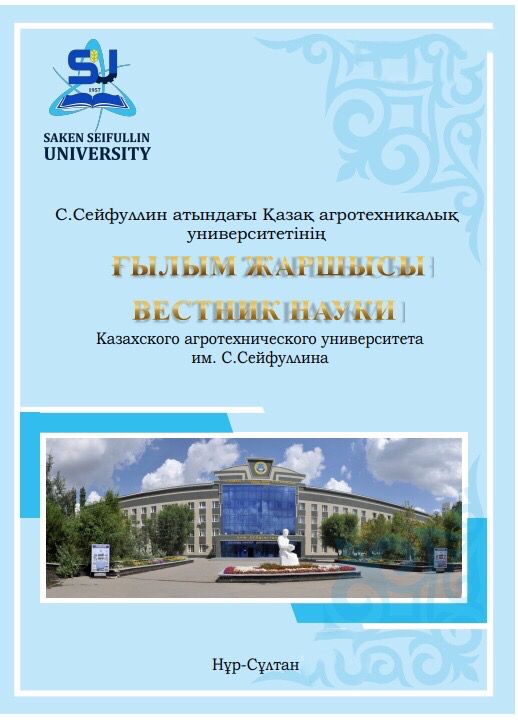REACTION OF CEREAL VARIETIES TO METABOLITES OF PHYTOPATHOGENIC FUNGI
Keywords:
cereal varieties, fungi, phytopathogens, resistance of varieties, wheat, barley, triticale.Abstract
Complex resistance of cereals to fungal diseases is based on identifying the
relationship between the incidence in young and adult plants. The determination of plant resistance in early phases of growth and development facilitates the analysis of the breeding material. A mass assessment of crops’ resistance can be carried out in
the seedling phase at the first stages of selection. In the future, promising samples can be included in extensive trials involving the re-evaluation of seedlings and adult plants on an infectious background. The use of toxins, which are crucial a disease contraction, is necessary when selecting for seedling resistance. The use of a complete set of fungi metabolites i.e. culture filtrates as a selective factor is legitimate, since there is no reliable data on the significance of each of the toxins in disease etiology. Studies have shown the ability of phytopathogenic metabolites to inhibit the germination of cereal seeds. The strongest toxic effect was intrinsic to A.tenuis fungi filtrates of the four studied types of fungal pathogens. The filtrate of the fungus A.tenuis reduced the germination of wheat varieties by 25-55%. In particular, the strong toxic effect of CF of A.tenuis fungus was shown in relation to the seeds of Tselinnaya 3c, Kazakhstan early ripe and Damsinskaya 90 varieties, where seed germination decreased by 50-55%. Among the studied varieties, the comparative resistance to fungi metabolites of the genus Fusarium was shown by wheat varieties Tselinnaya 3c, Lutescens 268, Tselinnaya 24, Shortandinskaya 95, Mironovskaya 808, Tselinnaya 24; barley cultivar - Tselinnaya 30, to Alternaria and gelmintosporioz pathogens by triticale Taza variety. Susceptible varieties for fusarial infection include wheat varieties Shortandinskaya 95, Tselinny barley 30, Tselinny 91 and Line GR3-2. Almost all the studied varieties of wheat and barley were susceptible to alternaria-gelmintosporioz infection, where the toxicity of the culture filtrate was 50% or higher.

